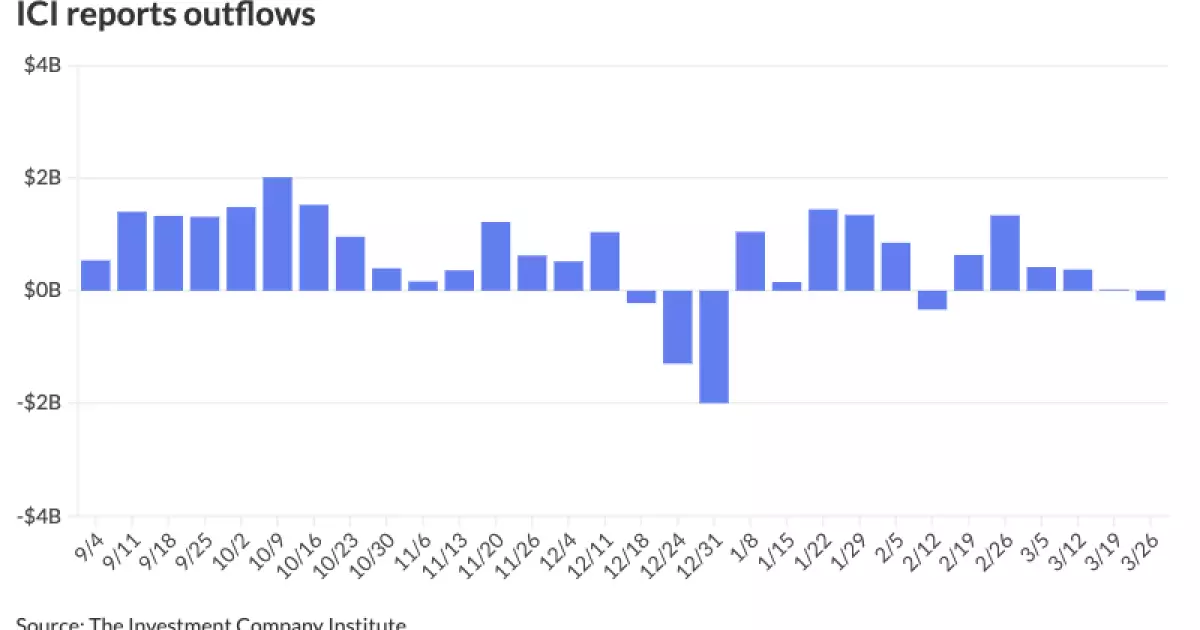The 5 Disturbing Truths Behind Tariff Uncertainty in America

As we stand on the precipice of an economic landscape rife with uncertainty, President Donald Trump’s recent speeches and decisions continue to shape a volatile financial environment. The consistent rise of tariffs has become a hot-button issue that reaches far beyond mere economics; it is a harbinger of instability threatening to shake the very foundations of American business. It’s time we examine not only what these tariffs represent but also the myriad implications they have for various sectors in our economy.
The Tariff Trek: From Promises to Peril
Initially, tariffs were pitched as a tactical tool designed to champion American goods and protect local businesses from perceived unfair foreign competition. However, as the markets have reacted with increased volatility, one must ask: Is this really a victory for American jobs, or is it a self-imposed wound that could spiral into greater economic consequences? Recent analyses from financial strategists anticipate a surge in import tariffs, potentially forcing companies to adjust prices, cut jobs, or even shutter their doors entirely. What was once touted as a simple fix appears to be morphing into a complex web of ramifications.
It’s a tragic irony: uncertainty, not fundamental economic principles, seems to be steering the ship. As J.P. Morgan notes, we are living in a world where “fear” dictates market movements. How did we get here? The very leaders who promise prosperity are inadvertently sowing the seeds of panic and skepticism among business leaders, equating panic with paralysis rather than empowerment.
The Ripple Effect: Stress in Municipal Markets
While the broader financial markets are reeling from tariff-related turmoil, municipals find themselves in a precarious position as well. The stability of municipal bonds has been shaken, revealing cracks in sectors such as healthcare and education. James Pruskowski of 16Rock Asset Management rightly indicates that liquidity tensions are rising. Unforeseen cuts in government funding or shifts in public finance could create a storm that exacerbates the plight of cities and states already grappling with fiscal constraints.
Moreover, discussions surrounding capping the muni bond tax exemption at 28% are resurfacing, reigniting fears that once seemed buried. History shows that previous attempts at capping this exemption have failed, but the prospect alone stirs anxiety among investors and policymakers alike. Municipalities back on their heels reveal a troubling reality: when federal policies shift abruptly, the repercussions can be felt in the communities that rely on these crucial financial instruments.
Corporate Consequences: Business Leadership in Crisis
The corporate sector is equally unsettled. With profits being trimmed and predictions marred by a lack of clarity on future tariffs, CEO confidence is in freefall. Take FedEx’s latest profit warnings as a case study: when industry giants project weakness, it signals a broader malaise that warrants concern. The dissonance between Fed policy focusing on inflation and the looming reality of stagflation begs the question: are we prepared to acknowledge the factors that truly drive our economy?
Ceiling-high levels of corporate trepidation about future conditions lead to defensive stances rather than strategic growth. In turbulent economic waters, many leaders are bracing for impact—but rather than feeling optimistic about future growth possibilities, they are scrambling to protect their current standing.
The Power Dynamics in Finance: Uncertainty Rules
With so much at stake, the central question becomes how to navigate the turbulent waters of market uncertainty constructed around tariffs and economic policies. Investors are grappling with sudden changes from mutual funds encountering waves of outflows—$175 million within a week serves as a worrying indicator. If the only certainty in the markets is uncertainty, it’s clear our financial strategies must evolve in a more proactive direction.
The current discussion around tariff policies illustrates an unfortunate truth: economic leaders must engage in dialogue that balances protective measures with the need for growth. There exists a profound risk when policymakers fail to understand that their decisions don’t just affect the stock market; they impact livelihoods, communities, and the future of American entrepreneurship.
A Call to Action: Navigating Tariff Tides
As we witness this unfolding narrative, it’s imperative for leaders across the economic landscape to refocus their energies. Moving discussions of tariffs from divisive politics to actionable economic strategies would serve the greater good. Conversations should pivot toward crafting comprehensive frameworks that can provide clarity and confidence to investors, corporate leaders, and municipalities alike.
We may find ourselves on a rocky path ahead, but it is essential that we do not operate in fear. Instead, let us confront these challenges with measured stance and intelligent discourse. Only then can we hope to restore confidence in our economy—and by extension, our future.





